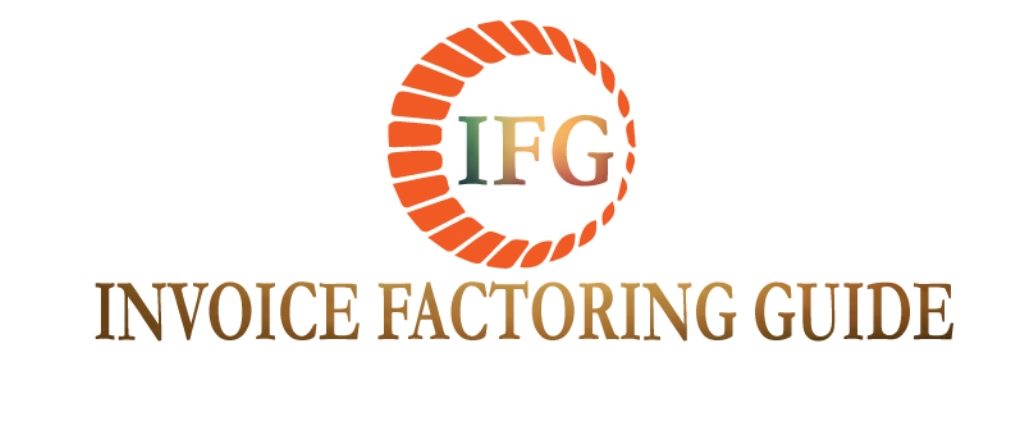Invoice Finance Gets Freelancers Paid Faster
More and more professionals are discovering the joy of freelancing. For many, the ability to work remotely is the best part of the digital revolution. But while the independence is great, the happiness is often tempered by waiting for late payments from customers. An understanding of invoice finance can enable faster payments for freelancers, so they can focus on projects, not bill collecting.
Today’s alternative workforce includes contract, freelance and gig professionals. But it isn’t as alternative as it used to be. A study by Deloitte revealed that just 42% of respondents worked for organizations made up primarily of salaried workers.1
That trend isn’t likely to end anytime soon. As part of a cash management strategy, many publicly traded companies routinely delay payments to freelancers. In these instances, such contingent workers and contractors may wait up to 60 days or longer to get paid for services rendered. Here’s how freelancers can even the playing field.
Invoice Finance Equals Faster Payments
It’s no secret that freelancers are on the low end of the totem pole when it comes to payment prioritization. Invoice finance can speed up payments, allowing for more projects.
The term invoice finance broadly refers to the use of outstanding invoices as collateral to obtain funding from a third-party. This outside funding is offered by an invoice factoring company, known simply as the ‘factor’. The practice is known by different terms, such as invoice financing and accounts receivable factoring. Here’s an example of how it works.
Let’s say you operate a food manufacturing company that supplies fresh seafood for area restaurants. Your largest customer is a seafood restaurant that uses your shellfish as their most popular offering. The problem is the restaurant owes you a significant amount in back payments for the fish. And when they do pay, it’s often in 60 days.
Who Provides Invoice Finance?
It may be difficult for more traditional factors, like Riviera Finance to finance freelancers. Typically, specialty finance companies likes these provide small business funding only to B2B operations.
But, an increasing number of finance technology companies, such as Fundbox and Bluevine, that will work with freelancers. Such fintechs utilize the customer’s existing accounting software, generally Quickbooks, Xero or Freshbooks. In fact, many quick business loans come by way of accounting or payment infrastructure, like Paypal. The bottom line is that freelancers get paid significantly faster.
Don’t forget, there is a fee that is charged when the final payment is remitted by the customer and the factoring company unlocks the reserve balance to your business. While it can vary, the factoring fee is often ~2%.
Obviously, the lower the fee, the better for your business. But keep in mind that some factors might advertise this and hit you with charges and fees in other areas. Check our reviews page for more information.
If you operate in an especially high-demand, specialized area, try raising your prices slightly to offset finance charges and fees. Before you think that customers won’t stand for a price increase, realize that most routinely underprice for their services.
Other Ways to Speed Freelance Payments
1-Use an online invoice system
We’re all human. That’s what I told myself every time I forgot to invoice a customer. When I first started freelancing financial research reports, I’d routinely forget to invoice for a few days after completing a project. This led to missing the payment cycle of my client, a Fortune 500 company, and I’d have to wait an extra two weeks to be paid. After this happened a few times, I finally started using an online system. It worked great and I recommend finding one that also sends out auto-reminders.
2- Offer Discount Terms
When you send the invoice, instead of the typical net 30 terms, consider sweetening the deal for your client. Freelancers might consider something like 2%/15, Net 30. This ‘code’ means if the clients can pay the bill within 15 days, they receive a two percent discount off the total. If not, the full, face value of the invoice is due in 30 days (like normal). This worked for me about a third of the time, mostly for smaller customers where every dollar impacts their bottom lines.
3- Send a Milestone Schedule
A milestone schedule breaks down a large project into measurable parts, with pro rate ‘sales orders’ billable at such installments.2 It works well for larger clients who already have reservations about working with freelancers. Utilizing contractors in general gives many compliance and Human Resources departments fits. Having as much documentation as possible tends to curb their inhibitions. Conversely, it’s a great idea for individual freelancers who can’t wait to be paid for long projects.
A final piece of advice for freelancers. The competition can be fierce for projects, especially when international freelancers severely undercut bidding prices (since projects are typically paid in US dollars, these freelancers still make out great when compared to cheaper local currencies). Even if you do win the project, the cut taken by the freelance platforms can be unfair, making the job much less lucrative. Going independent and securing your own projects can be a much more profitable avenue in the long run.
